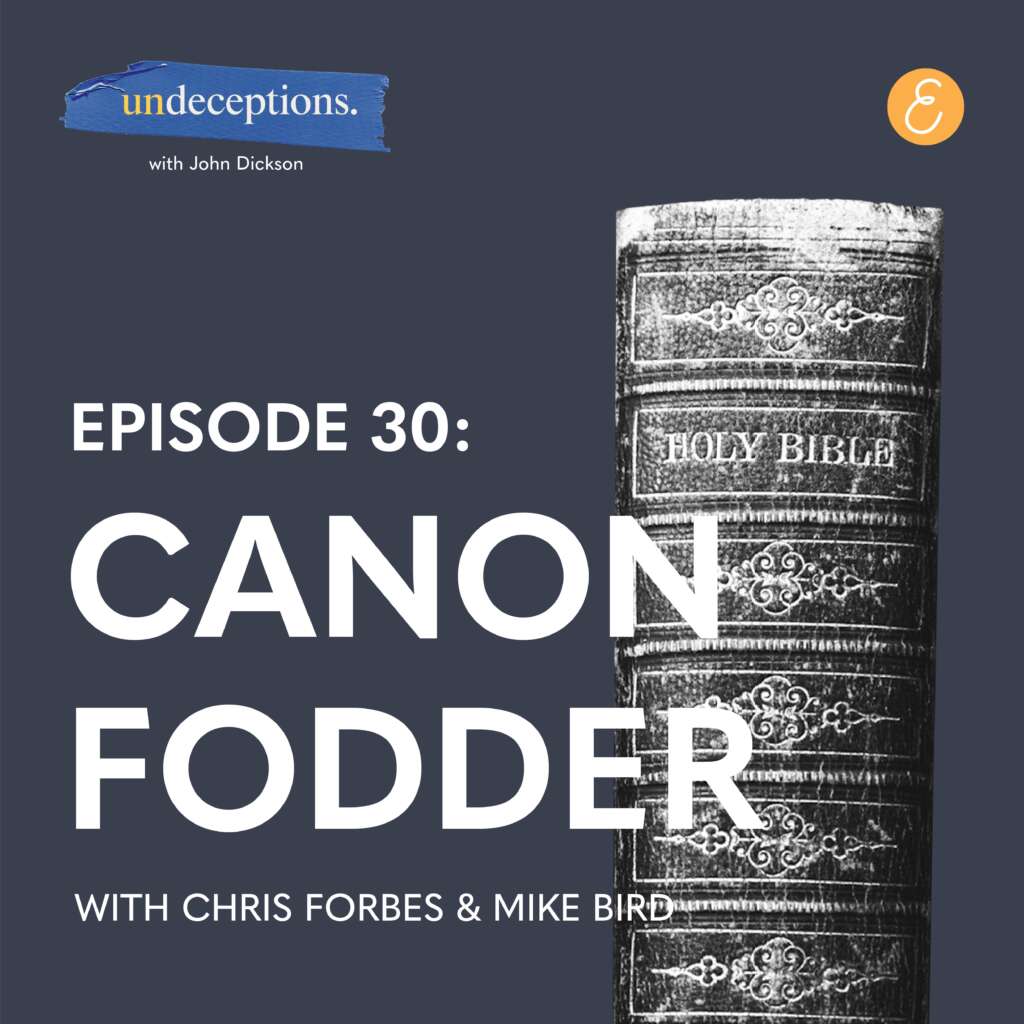No one else was in the room where it happened.
The room where it happened
The room where it happened
No one really knows how the game is played
The art of the trade
How the sausage gets made
We just assume that it happens
But no one else is in
The room where it happens
(You’re welcome for that ear worm.)
In case you’ve been living under a rock, those are lyrics to a song from the mega-hit musical Hamilton.
In the musical, Aaron Burr (one of America’s founding fathers) is bemoaning the fact that he wasn’t part of a key meeting that became known as the ‘Compromise of 1790’ – an unprecedented agreement between Thomas Jefferson, James Madison and Alexander Hamilton (more founding fathers) that saw the capital city of the US placed in the South in return for Jefferson and Madison’s support of Hamilton’s financial plan for the nation. The agreement was made at a private dinner party, with much of the information about how the parties made their decisions told only from Jefferson’s accounts of the evening. The song in Hamilton recreates the scene, but necessarily uses a fair bit of imagination to fill in the blanks.
According to historian and public Christian John Dickson, the creation of Christianity’s pivotal document – the New Testament – was not done behind closed doors. In fact, the very nature of how the New Testament was put together – how the sausage was made, if you will – should actually give us confidence.
The choosing of the books that made it into the Christian Bible was done “by consensus.”
In the latest episode of the Undeceptions podcast, part of the Eternity Podcast Network, Dickson chats with ancient historian Professor Chris Forbes from Macquarie University in Sydney and Dr Mike Bird from Ridley Theological College in Melbourne.
“From the time the Gospels – the Books of Matthew, Mark, Luke and John – were written,” says Forbes, “they were being read aloud to congregations.”
In an oral culture, being read aloud was the equivalent of being published. It is the first signal that the Gospels – along with the Book of Acts and the letters of Paul, which were both also read aloud in the very early stages of the Christian churches – had authoritative status among early Christians.
The earliest known evidence of this comes from a Christian philosopher called Justin Martyr, who wrote defences of Christianity in the second century AD.

Martyr’s description of a church service, includes reading aloud the “memoirs of the apostles” for “as long as time permits”, where after the “president in a discourse admonishes and urges the imitation of these good things.”
The writings of the Apostolic Fathers – Christian theologians in the 1st and 2nd centuries AD, who are believed to have personally known some of the Jesus’ Apostles – also offer evidence of the gospels and the letters of Paul being treated as ‘canon’ or authoritative writings to guide the Christian faith.
By 397AD, the Council of Carthage gives a list of the 27 books that are considered to be the ‘New Testament’.
Asked why it took so long – almost 300 years after the latest of the New Testament books were written – for a definitive list of books to emerge, Forbes says the choosing of the books that made it into the Christian Bible was done “by consensus.”
“The consensus was formed out of the common practice of a widespread number of early Christian churches. The early church systematically culled documents that were way too late to actually have direct memories of what Jesus had been like,” said Forbes.
Some of the documents that were culled almost made it in, says Bird. These were apocryphal books like the Didache, the Shepherd of Hermas, and the Letter of Barnabas. In fact, the latter two of these appear at the back of one of the world’s most prized books, a fourth-century manuscript of the Bible called the Codex Sinaiticus that contains the earliest complete copy of the New Testament.
For the spiritual text of millions of people, the whole process seems so … human.
“Around the edges of the New Testament there was a bit of debate. A bit of argy bargy,” says Bird.
The debate was documented by bishop and historian Eusebius of Caesarea in the early fourth century. In his Ecclesiastical History, Eusebius categorises many of the Christian documents circulating at the time: from ‘recognised’ texts, ‘disputed’ texts, ‘spurious’ texts and ‘heretical’ texts.
For the spiritual text of millions of people, the whole process seems so … human.
But, says Dickson, what else would we expect from a faith so grounded in history?
“Christians believe in a man – Jesus – who we say really lived in the first century. His story is told in a series of historical biographies and historical letters. There are ways for us to test them, historically.
“So why shouldn’t the process of discovering the sacred text of Christianity be similarly human and able to be traced through history?”



